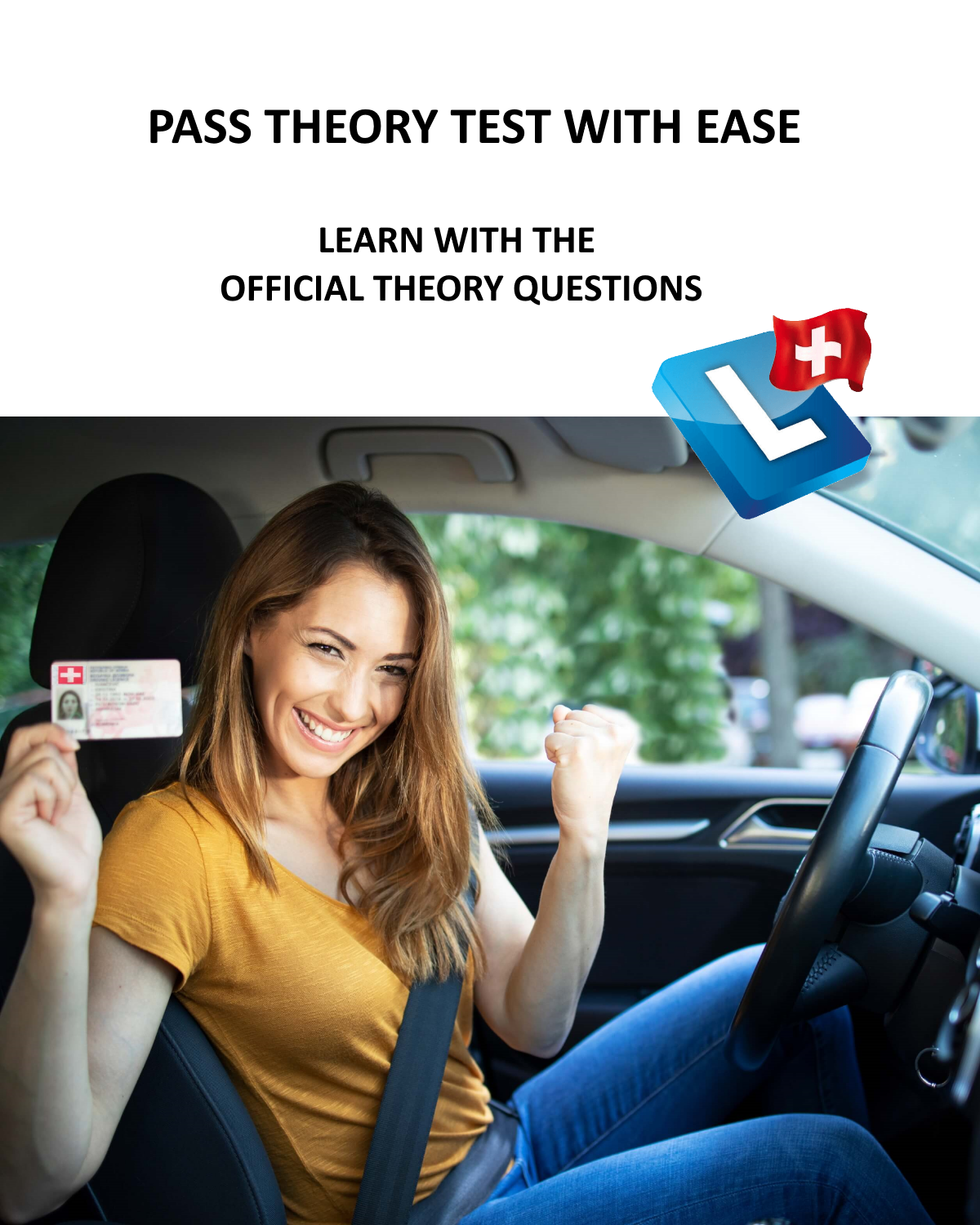Learning journeys
Learner journeys on motor vehicles may only be undertaken with an accompanying person who has reached the age of 23 and has held the corresponding driver’s license for at least three years.
The accompanying person must ensure that the learning journey is carried out safely and that the learner driver does not violate traffic regulations.
On learning and test drives with motor vehicles, the attendant must take a seat next to the driver, except on practice areas, when reversing or parking. The attendant must at least be able to easily reach the handbrake.
On motorcycles, the holder of a learner’s permit may not be accompanied by a person who does not himself hold a driver’s license for motorcycles.
As long as motor vehicles are driven by holders of a learner’s permit, they must bear a blue plate with a white “L” on the back in a clearly visible place. The plate must be removed when there is no learner driving.
Learner drivers are not allowed to drive on busy roads until they are sufficiently trained, highways and highways only when they are ready to take the test.
On busy roads, starting on inclines, turning, reversing and similar exercises are prohibited; in residential areas they should be avoided as far as possible.
Anyone who drives without a learner’s permit or without the prescribed escort, anyone who takes on the task of escorting a learner during a learner’s drive without fulfilling the requirements, anyone who gives driving lessons professionally without a driving instructor’s permit will be punished with imprisonment or a fine.
For criminal acts on learning journeys the escort is responsible, if he has violated the duties, which were incumbent on him as a consequence of the assumption of the escort.
The learner driver is responsible insofar as he could have avoided an infringement according to the state of his training.



